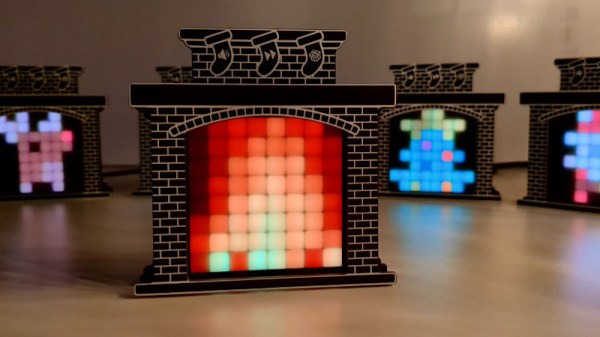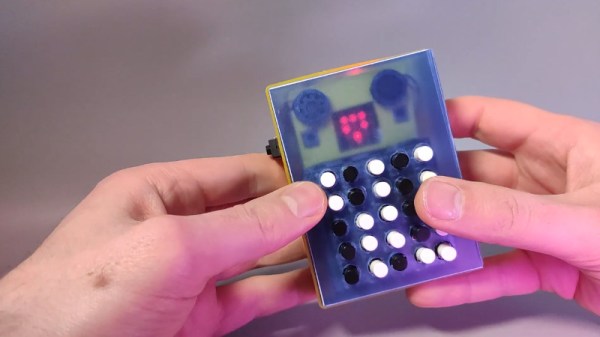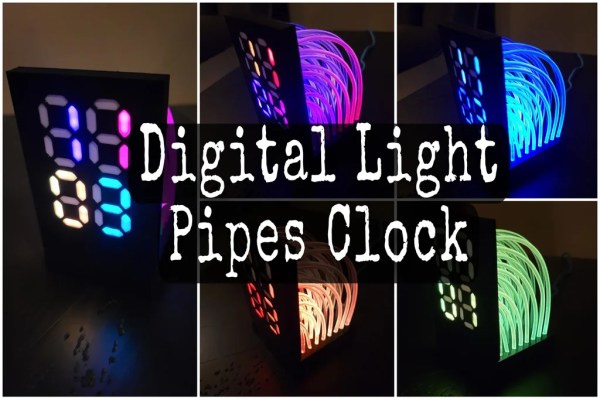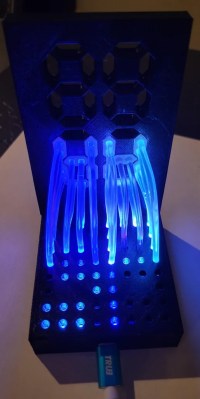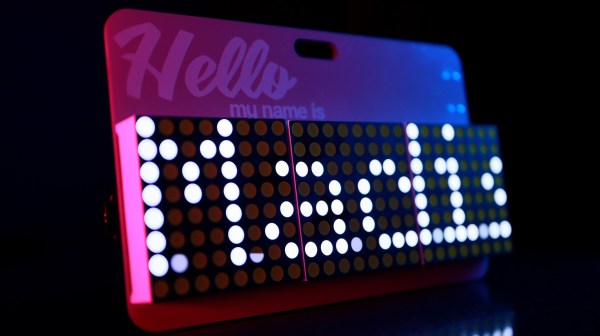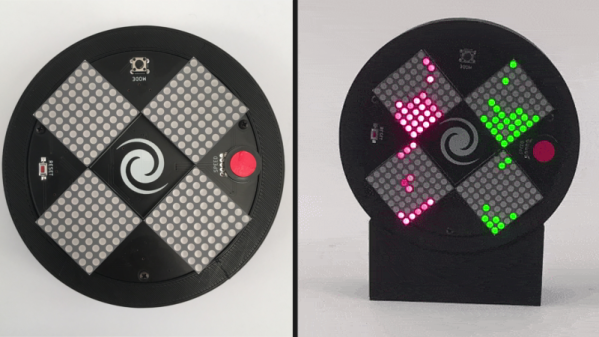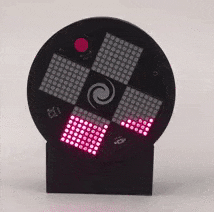A common design language for watches has evolved ever since they first started popping up in the 1500s. Whether worn on the wrist or in a pocket, watches are relatively slim front to back, with the display mounted on the face. That’s understandable given the imperatives of human anatomy. Still, it’s not the only way to arrange things, as this very cool LED matrix watch with an edge-mounted display demonstrates.
True, the unique form factor of this watch wasn’t really the point of the whole project. Rather, [Vitali]’s design was driven by a couple of things. First off were the extremely cool Hewlett Packard HDSP-2000 displays, with four 5×5 5×7 LED matrices shining through the clear cover of a DIP-12 package. Also visible through the cover are the shift registers that drive the matrices, complete with gold bonding wires.
The main attraction for [Vitali], though, was the challenge of working within the limits of the ATtiny85 he chose to run the watch. The MCU’s limited IO made hardware multiplexing necessary, no mean feat given the limited resources and real estate available. He still managed to pack everything in, with the unique edge-mount display coming from the LEDs bridging the space between the two main PCBs. Everything fits into a nice wood veneer case, although we think it looks just fine without it. [Vitali] puts it through its paces in the short video below.
Hats off to [Vitali] for a great-looking project that pushed his limits. We just love these displays, too; of course, it’s not the first time we’ve seen them put to similar use.
Continue reading “Nice Retro Displays Set This Watch On Edge”


